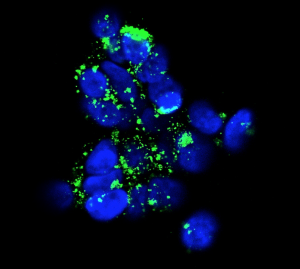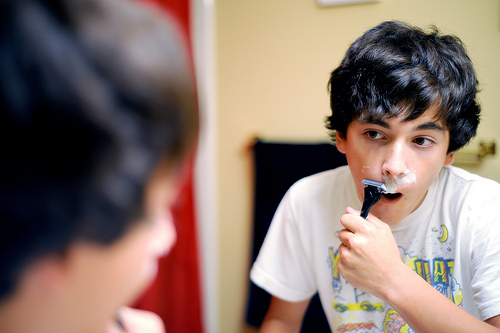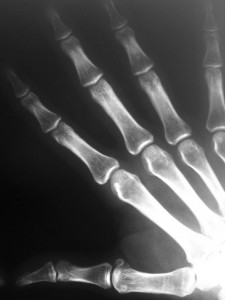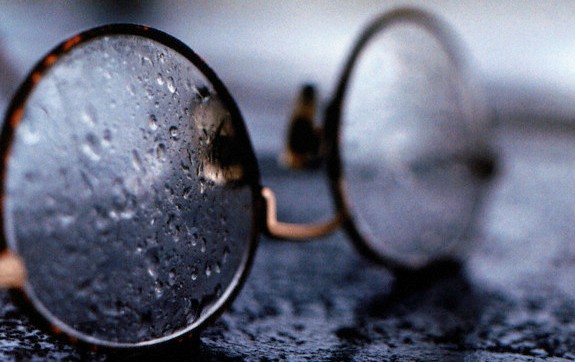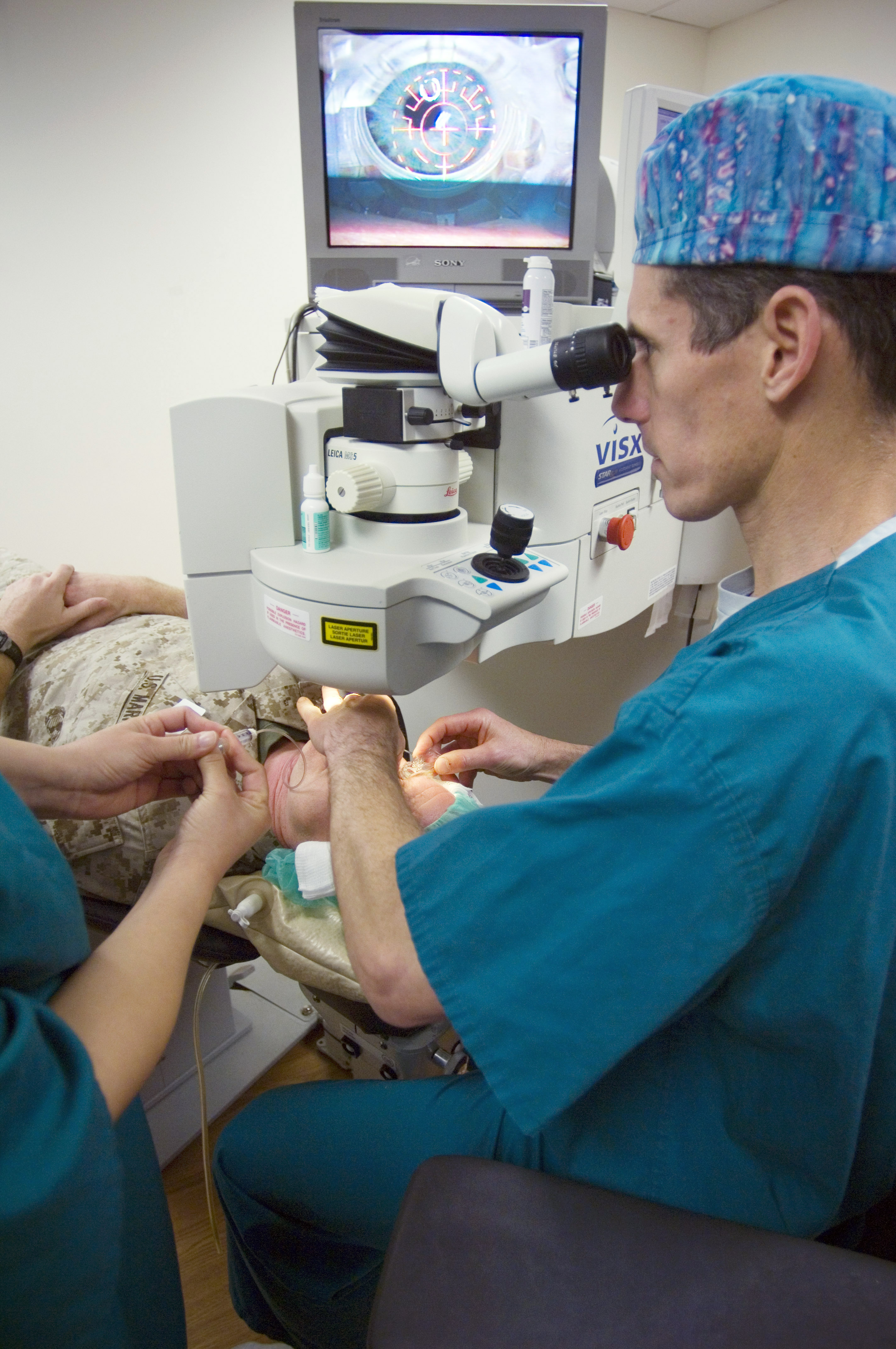Do you ever get the urge to rebel against something your told not to? I’m sure most of you would say “YES”! Most of us do it for the ‘high’ and adrenaline rush that we experience. Ever since we have been children, curiosity grows in us to go against what we are told not too, this continues in to our adult lives as well. Especially, when it comes to ‘drugs’. Those are a big “NO NO” our parents, teachers and elderly would say. So the questions arises, is marijuana really as bad as it is said to be, or are there benefits that make this ‘gateway drug’ a positive addition to our health.
Surprisingly, there are 5 health benefits associated with Marijuana:
1) Suppresses Cancer
A study that took place in 2012, found that marijuana had a compound within it that was able to suppress and kill aggressive cancers such as leukemia.
2) Reduces Blood Pressure
A study from 2005-2010, showed that users of marijuana compared to non-users, had a 17% reduction in insulin resistance levels.
3) Treatment of Glaucoma
When marijuana is consumed orally or by inhalation, it helps to lower eye pressure that leads to blindness with people who suffer from glaucoma.
4) Alleviates Pain
Marijuana has been successful in using its anti-inflammatory properties to treat illnesses such as multiple sclerosis, rheumatoid arthritis and migraines.
5) Inhibition of HIV
A study conducted with monkeys helped to show that a daily dose of the active ingredient in marijuana, THC, helps to stops the spread of the disease throughout the body.
These are just a few of the benefits that marijuana possess. So if you are on the fence about trying this ‘green bud’, just remember its not as bad as we think it is!
By: Rubeen Sangha


